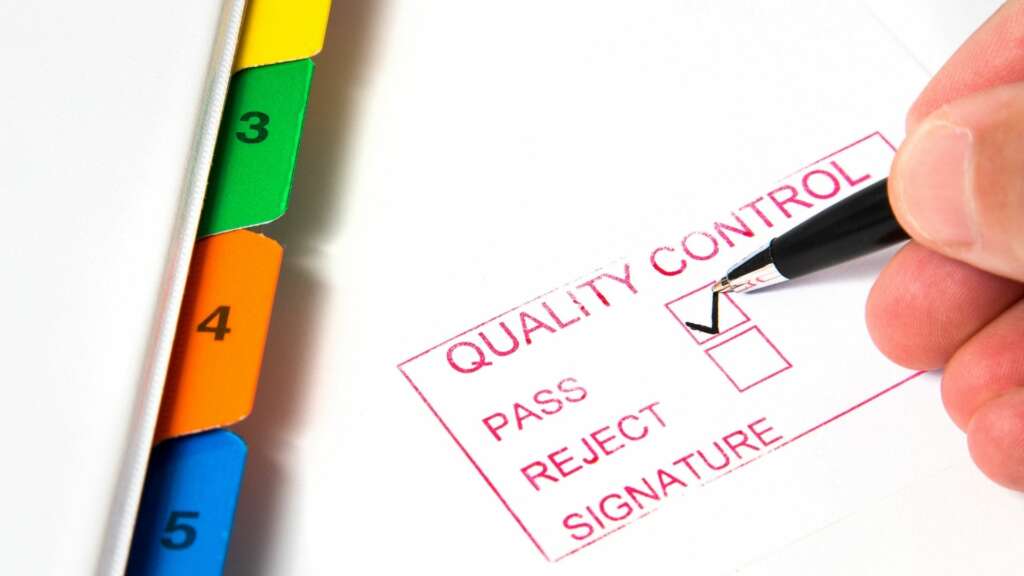
Quality Management And Quality Control – Major Components Of A Good Lead Management System
A lead time refers to the delay between initiating a project and the completion of it. It can be defined as the time that will be needed for a project to be completed, including all the necessary planning and resource allocation. An effective lead time management system can greatly improve a project’s progress. For instance, the lead time involved in the placement of an initial order with a certain car manufacturer may be between two to six months, depending mostly on the specific factors involved. A well-chosen lead time management system can significantly reduce the lead times involved in most projects.
Lead time management is crucial in the automotive industry, where every detail must be considered in order to be able to meet customer demand. Therefore, a lead time management system is a very good solution to manage the project and minimize its cost. One of the most important aspects of lead management is the control of the project timelines. To achieve this, a project team must have an effective system in place, which help them organize and track the project schedule, as well as its progress in terms of completion, cost, and schedule complexity.
Project managers should also make sure that there are no missed deadlines. This means that they must be able to set a timeline that enables them to plan appropriately for each step of the project. For example, a project manager will have to estimate the amount of time it will take to manufacture a particular part of the project. Then, he or she will have to determine the appropriate time for testing this part, as well as the appropriate place to store it during production.
In addition, a lead manager must be able to control the process of the production process. In the end, the process includes the assembly of the parts. It also includes testing, quality assurance, and quality control. If the process does not run smoothly, there is a high probability that the quality of the final product will suffer. Therefore, a good project team will find ways to ensure that the process runs smoothly and that the quality of the final product is guaranteed.
Quality Assurance refers to the quality of a product or a piece of software, such as the computer program, when it has been tested. It is the part of the manufacturing process that checks whether the product or the software was able to meet the required quality standards. in all aspects. When the product or software meets the quality assurance specifications, then is then called “certified”gold” in the industry. The quality assurance procedure may include a review of the documentation, as well as the entire production process of the software.
Quality Control refers to the processes used in controlling the quality of the product or the program. It includes control over the manufacturing, testing, quality assurance, and manufacturing of a product. The most commonly used quality control methods include quality control techniques, such as quality control testing, quality control controls, quality assurance methods, and quality assurance tests.
In the end, it is not only the cost of the product that affects the lead time. The quality of the product must also be given importance. This is because quality is considered as a leading factor when it comes to selling the product. Quality also depends on how a product is made, and on how well it is made. Therefore, a good quality product or a high quality service makes a good impression.
In conclusion, quality management and quality assurance are essential elements of a good lead management system. This means that quality assurance and quality control should be considered as major components of any lead management system.


